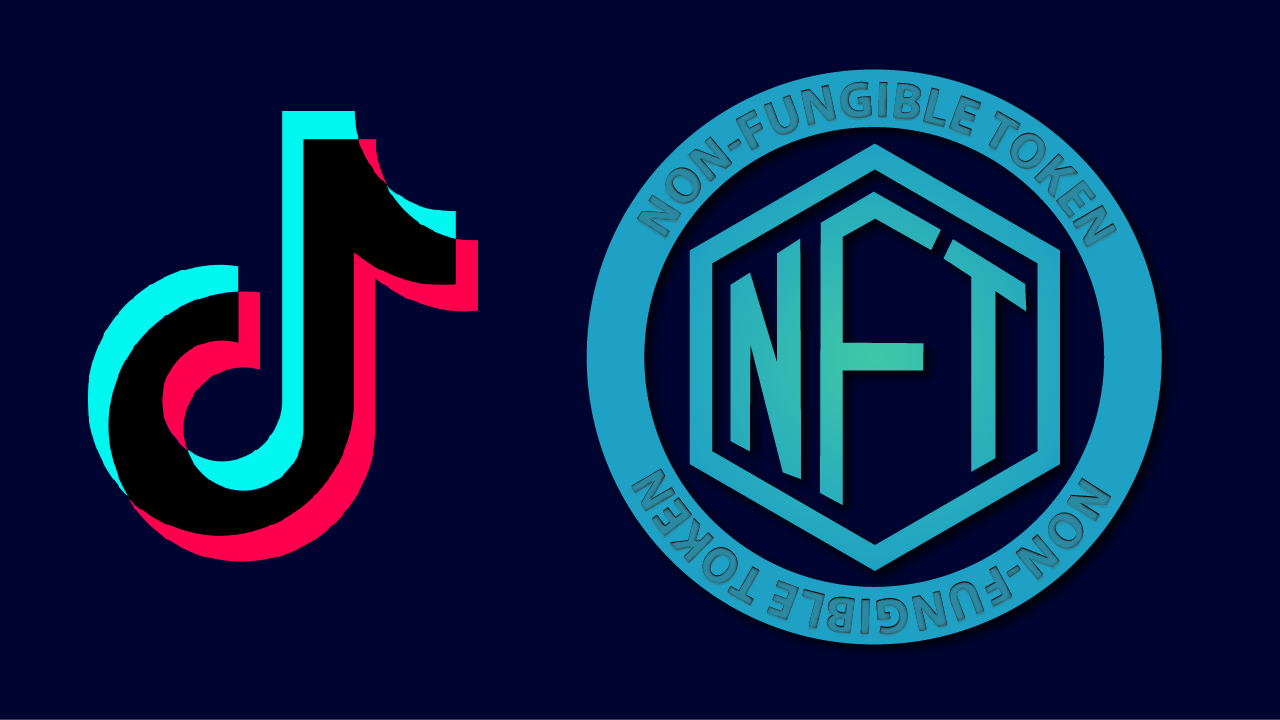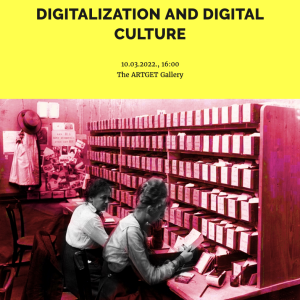
NFT, TikTok vulnerabilities at heart of New Media research
In 2022 New Media faculty probed the strengths and weaknesses of NFTs and TikTok, two of the biggest digital trends in recent years. Their research was cited in Wired, Forbes, and The New York Observer and presented in conferences in New York, London, Instanbul, and Shanghai.
 Although sometimes billed as an eternal archive for digital information, the distributed ledgers known as blockchains have numerous vulnerabilities. Well before the cryptocurrency crash last summer, New Media and Digital Curation faculty warned of the weaknesses of blockchain-based assets such as NFTs; by year’s end, their warnings were featured in articles in Forbes, The New York Observer, Cointelegraph, Right Click Save, Built In, and ARTnews. The Portland Press Herald quoted Jon Ippolito in an article on Maine entrepreneurs experimenting with NFTs and Charlie Hewitt’s crypto artworks.
Although sometimes billed as an eternal archive for digital information, the distributed ledgers known as blockchains have numerous vulnerabilities. Well before the cryptocurrency crash last summer, New Media and Digital Curation faculty warned of the weaknesses of blockchain-based assets such as NFTs; by year’s end, their warnings were featured in articles in Forbes, The New York Observer, Cointelegraph, Right Click Save, Built In, and ARTnews. The Portland Press Herald quoted Jon Ippolito in an article on Maine entrepreneurs experimenting with NFTs and Charlie Hewitt’s crypto artworks.
 Digital Curation adjunct professor John Bell, Museum of the Moving Image curator Regina Harsanyi, and Ippolito went further to propose strategies for overcoming these shortcomings at the 18th International Conference on Digital Preservation in Glasgow and ISEA in Barcelona. Ippolito also gave remote talks on NFTs and preservation in Istanbul and Shanghai, and published his findings in the Review of Machine Art and Outland.
Digital Curation adjunct professor John Bell, Museum of the Moving Image curator Regina Harsanyi, and Ippolito went further to propose strategies for overcoming these shortcomings at the 18th International Conference on Digital Preservation in Glasgow and ISEA in Barcelona. Ippolito also gave remote talks on NFTs and preservation in Istanbul and Shanghai, and published his findings in the Review of Machine Art and Outland.
Social media app TikTok’s own vulnerabilities made headlines in the past year, but Ippolito argued that the risk to its users was not what it seemed in stories in Wired, The Bangor Daily News, and CBS/WGME-TV.
 Also in 2022, New Media associate professor Joline Blais was featured at a webinar for the Cultural Center of Belgrade and Ippolito gave a remote talk for Arebyte gallery in London and was interviewed for the Art and Obsolescence podcast.
Also in 2022, New Media associate professor Joline Blais was featured at a webinar for the Cultural Center of Belgrade and Ippolito gave a remote talk for Arebyte gallery in London and was interviewed for the Art and Obsolescence podcast.
